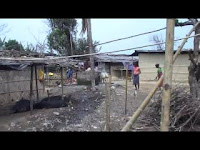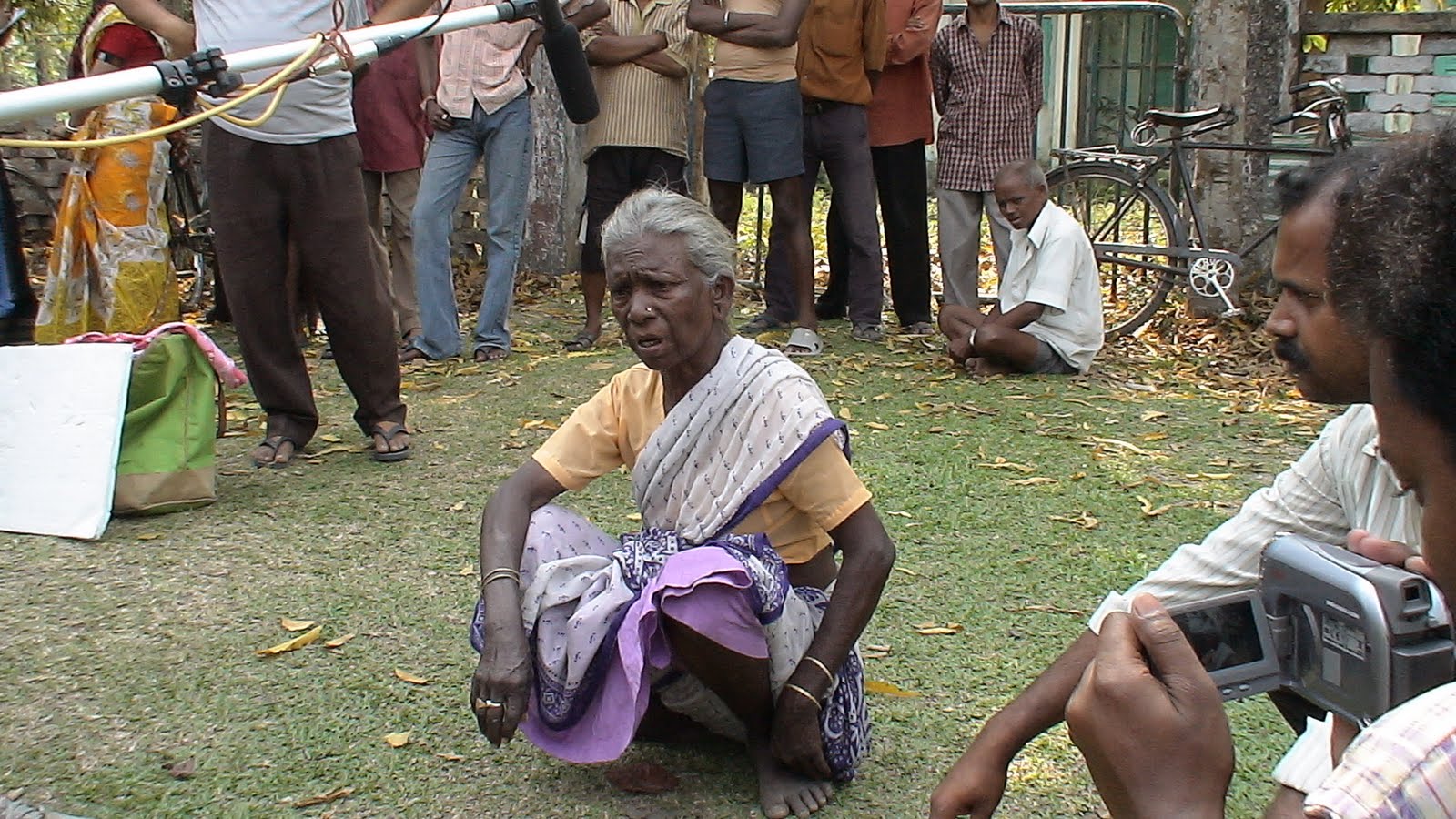 Recently a study on displaced women workers of Chandmoni Tea Estate has been completed by Dr. Saswati Biswas, Reader, Dept. of Sociology of North Bengal University. The report reveals a glaring example of how industrialists (though here it is not an industrialist but promoter Neotia) flout the written agreement and government makes pre-planned false promises and assurances to befool innocent, ill-informed, helpless workers. It also reveals how public land is being grabbed by land-sharks to make huge personal profit in the name of development.
Recently a study on displaced women workers of Chandmoni Tea Estate has been completed by Dr. Saswati Biswas, Reader, Dept. of Sociology of North Bengal University. The report reveals a glaring example of how industrialists (though here it is not an industrialist but promoter Neotia) flout the written agreement and government makes pre-planned false promises and assurances to befool innocent, ill-informed, helpless workers. It also reveals how public land is being grabbed by land-sharks to make huge personal profit in the name of development.According to MOU, signed in presence of Jyoti Basu and Somenath Chatterjee on 18.10.1998, out of 664.395 acres of land, “it has been decided that 406.64 acres of land which is now held by Chandmoni Tea Company Limited on lease for cultivation of tea, be resumed by the state govt. out of total land holding of the company, for ultimate settlement with a ‘New Company’ promoted by Chandmoni Tea Company Ltd. for development of a satellite township. The balance land of the tea estate will continue to be held by Chandmoni on existing term of lease.”
MOU further says- “The existing workers who are likely to be displaced because of construction of the satellite township will be rehabilitated by the Chandmoni Tea Company Limited. There shall be no loss of employment for the workers.”
Report of the study says “Secondly it was decided in the Memorandum that 406.64 acres of land would be brought under the township and the rest would continue to be held by Chandmoni on existing terms and conditions that means tea would be cultivated on the remaining land.
 However at present though the brochures of Uttarayon Township Project claims that the latter has been set up on 400 acres of land the land which was left for tea gardens seems to have been included in the project. This is substantiated by any visit to the websites which provide information on Chandmoni, where the area of the township is given as 600 acres. We may mention two of them here http://www.ieiknowledgepark.com/, where one can access the newsletter ‘Water Business and Industry News’ of May 2007 says “Bengal Ambuja is building a 600 acre township near Siliguri”. The same may be read from the http://www.blogger.com/My%20Videos. http://www.blogger.com/www.constructionupdate.com writes, “apart from the string of city centres the company (Bengal Ambuja Housing Development Ltd.) is building a 600 acres township named ‘Uttarayon’. ”
However at present though the brochures of Uttarayon Township Project claims that the latter has been set up on 400 acres of land the land which was left for tea gardens seems to have been included in the project. This is substantiated by any visit to the websites which provide information on Chandmoni, where the area of the township is given as 600 acres. We may mention two of them here http://www.ieiknowledgepark.com/, where one can access the newsletter ‘Water Business and Industry News’ of May 2007 says “Bengal Ambuja is building a 600 acre township near Siliguri”. The same may be read from the http://www.blogger.com/My%20Videos. http://www.blogger.com/www.constructionupdate.com writes, “apart from the string of city centres the company (Bengal Ambuja Housing Development Ltd.) is building a 600 acres township named ‘Uttarayon’. ”When MOU was signed for township within 406.64 acres of land and rest to continue tea-garden, how the company dared to uproot tea bushes of entire 600 acres of land and construct building? Is there any underhand dealing between the promoter and the ruling party?
According to MOU, there shall be no loss of employment for the workers. What is the present position of those displaced workers?
Report of the study says-“ Thirdly the memorandum of understanding states that the workers who were to be displaced would be rehabilitated, this was also not followed in practice. .. About 100 workers were shifted to Subalvita and the rest who stayed over at Chandmoni have lost their jobs receiving about Rs. 2 lakh each. Till to-day retirement benefits have also been withheld. Thus while the memorandum claims that there would be no loss of employment, workers have really lost job not to speak of the casual workers who have neither employment nor compensation. ”
Why are their retirement benefits being withheld? Because, those workers are now being pressurized to leave the place. If they agree to leave the place then only the company will release the retirement benefits. Under which clause of which act can the company do this?
Is it development?
Study also reveals that 64% of formerly permanent women tea garden workers are unemployed, 12% are engaged in irregular construction work as helper, 12% as garden worker at Uttarayon (2 weeks in a month), 4% are now maid-servant and 4% are selling illegal liquor. (Pictures show condition of housing of resettled workers at subalvita)
Dr. Saswati Biswas, UGC SAP sponsored Project Report, “Development Project and Project Affected Women, A Study of the Former Women Workers of Chandmoni Tea Estate”, September, 2008

